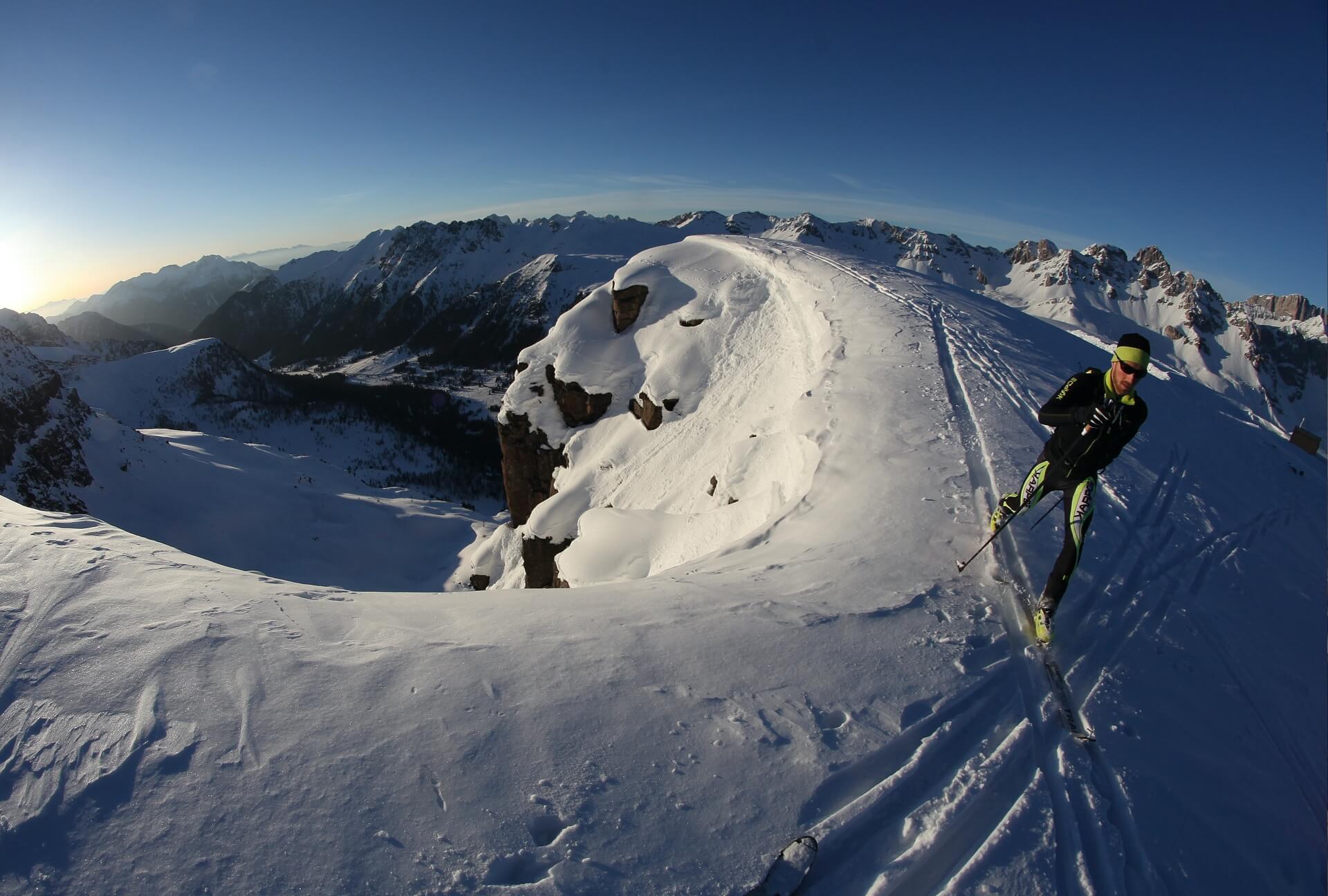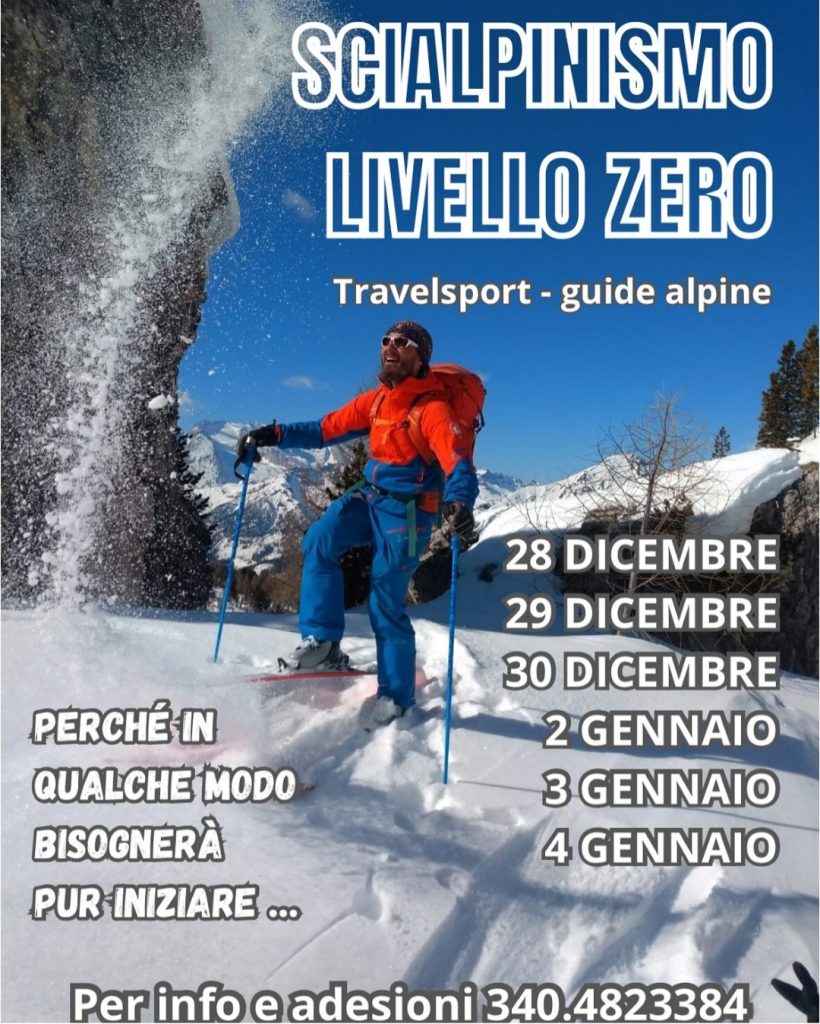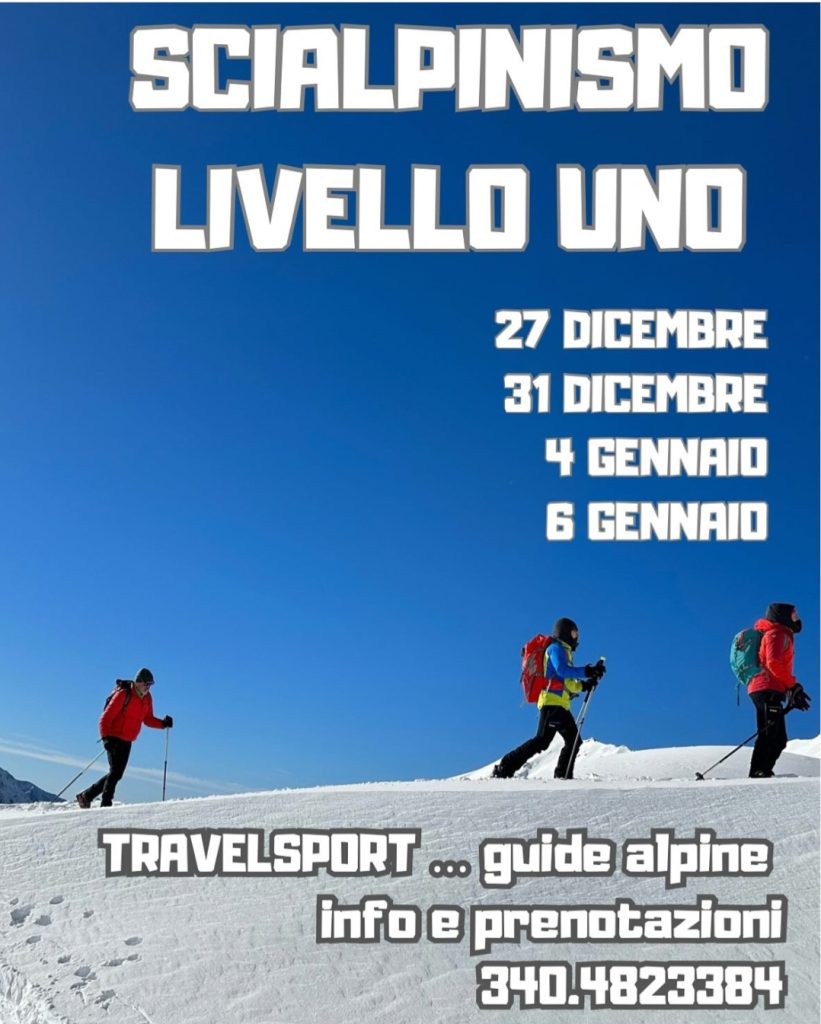Ski Mountaineering in Falcade and the surrounding area
Falcade and Val del Biois lie between two mountain ranges of exceptional interest for ski mountaineering: the Marmolada to the north and the Pale di San Martino to the south.
The Biois Valley offers plenty for every skier, whatever their level and expectations, from “entry level” itineraries on the gentle slopes of the Valfreda and Fuciade to the classic routes across the high mountain passes that link the Biois Valley with neighbouring valleys, such as the Forca Rossa, the Cirelle Pass, the Bachet Pass, the Selle Pass, the Mulaz Pass and the Frangole Pass, as well as the more challenging climbs up to many peaks with heights that approach or exceed 3000 m, such as the Cima Vezzana, Cima Bureloni, Cima Mulaz, Cima Ombrettola peaks, Sasso Vernale, Cima Ombretta, Monte La Banca and many more.
Suitable for athletes with a higher level of training are the major descents with a high level of difficulty, such as the east face of the Cima di Campido peak, the south-east face of the Sasso di Valfreda, the east face of the Cima de l’Omo peak and the south-east face of the Sasso Vernale: once reserved for a fearless, select few, they have now become classic ski mountaineering routes, thanks to advances in technique and materials.
Access to skiing itineraries
The gateways to most of the skiing itineraries in the Val del Biois are the two main passes: the San Pellegrino Pass/Valfreda for the itineraries in the Ombretta Ombrettola chain that pass through the Forca Rossa, Bachet Pass, La Banca Pass and the Cirelle Pass; and the Valles Pass/Val Venegia for the itineraries in the north of the Pale di San Martino leading to the Mulaz Pass, Farangole Pass, Banca Fede, Iuribrutto/Cima Bocche peak.
A little history
Falcade became a renowned ski resort in the 1970s, thanks to the ski mountaineering weeks devised by Toni Gobbi, the inventor of ski mountaineering, who practised the discipline from the 1950s to the 1970s. Gobbi’s passion for the Dolomites led him to discover a number of itineraries through the mountains in the Agordo area, such as the traverse from San Martino di Castrozza through the Farangole Pass, the traverse from the San Pellegrino Pass to the Fedaia Pass via the Cirelle Pass and Forcella Marmolada. These itineraries immediately attracted attention in the international press, drawing a growing number of aficionados to the area.
It was not until recent decades, however, with the development of ski mountaineering as a widely popular social phenomenon, in response to the need to practice a more sustainable winter sport in close contact with nature, that the potential of these mountains was fully uncovered.
Skiing responsibly
Ski mountaineering is a sports activity that takes place out in the open, outside of monitored areas. It therefore presents risks, and requires personal responsibility to be exercised.
The main danger is represented by avalanches: sudden movements of masses of snow that can very quickly sweep away, bury and kill ski mountaineers. Statistics show that when an avalanche occurs, those present are not generally caught up in it, and can therefore promptly activate the pertinent rescue procedures.
The most effective strategy possible for rescuing individuals swept away by an avalanche remains an ARTVA, or avalanche transceiver, search carried out by the member’s of the individuals’ group. In order to be carried out correctly and with the greatest likelihood of success, an ARTVA search requires the use of the dedicated APS self-rescue kit, composed of: an avalanche transceiver, preferably a latest-generation model with three antennas; a sturdy snow shovel that reduces digging operations to a minimum, and a sturdy avalanche probe that is easy to assemble, preferably divided into centimetres and longer than 200 cm.
On ski mountaineering trips, it is advisable to take a mobile phone, because in the event of an accident, and depending on the reception, it can allow a call to be made immediately, drastically reducing the time required for the rescue operation. The rescue services should be contacted on the single emergency number 118, immediately after activating the self-rescue procedures specifically designed to reduce to a minimum the time required to find those swept away by the avalanche.
If you do not have the necessary training and experience for practising this activity, it is advisable to enlist the aid of an Alpine Guide. Zero risk does not exist in ski mountaineering, but a proficient mountain professional will be able to provide all the support necessary to tackle outings as safely as possible.
APPOINTMENTS
Winter season 2024- 2025 the weekly excursions Ski Alp in Biois Valley accompanied by the Alpine Guides Travelsport.
For more info please contact :
Vertik Area Dolomiti – San Tomaso Agordino
Phone cell +39 3404823384
Consorzio PromoFalcade :
by mail: info@falcadedolomiti.it or cell. +39 3347230117
Ski mountaineering holiday level zero and level one with Travelsport from 28th december 2024 to 6th January 2025!
Itineraries
Discover the itineraries
Falcade and the Biois Valley are located at an important crossroads that allows ski mountaineers to pay tribute not only to the Marmolada, the Queen of the Dolomites, but also to the mountains in the Pale di San Martino range. Come and discover the itineraries that can be tackled with a maximum level of safety.

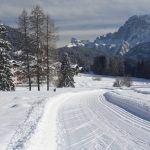
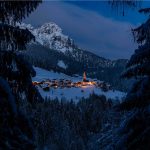
 Webcam
Webcam Weather
Weather Lifts
Lifts

